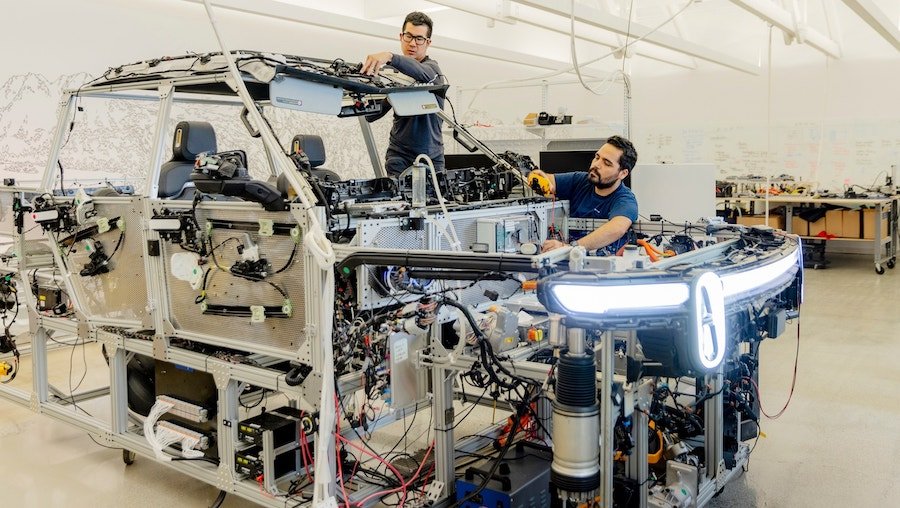Rivian Achieved in Three Months What Volkswagen Couldn't Do in Years of Spending Billions

Rivian and Volkswagen Group made their joint venture official on November 12, a step that was long in the making. The announcement marked an important achievement for the cash-strapped Rivian but also for the tech-laggard Volkswagen. As part of the deal, Volkswagen gets access to Rivian's zonal architecture and software. Rivian, in turn, gets crucial financial support to continue the development of its midsized platform and the opportunity to lower production costs through economy of scale.
Although Rivian has already proved its software expertise with the R1 electric vehicles, transplanting the technology to Volkswagen Group EVs is another matter. Rivian first had to convince Volkswagen that this was possible before the Germans committed to invest in the partnership. One of the milestones set by Volkswagen was proving that Rivian software could run on one of Volkswagen's EVs.
Since Volkswagen's Scout Motors already unveiled the Scout Terra and Scout Traveler with functional Rivian software, many thought that these were the prototypes Rivian used as demonstrators. However, it turned out that the "drivable demonstrator" mentioned in the press release was actually Volkswagen Group's latest and greatest, the Audi Q6 e-tron. This shares the Premium Platform Electric (PPE) architecture with the Porsche Macan EV and the Audi A6 e-tron.
Rivian needed only 12 weeks to retrofit its zonal hardware design and integrated technology platform on the Audi prototype. Rivian demonstrated its software's ability to control the vehicle's core functions, different drive modes, and infotainment features. It also established remote control of the demonstrator and performed over-the-air updates. When Volkswagen engineers flew to Palo Alto to test drive the prototype, they were impressed by what they found.
Volkswagen had spent years and billions of dollars trying to build a software-defined vehicle like this, and Rivian did it in less than three months. This shows the massive cultural differences between legacy carmakers like Volkswagen and agile EV startups like Rivian. The former have become vehicle engineering experts but lack a basic understanding of software development. EV startups are good with technology but lack the funding and scale to compete.
Volkswagen has sunk over $8 billion in its software subsidiary Cariad, with about $1 billion in the latest quarter alone. Cariad is largely credited with derailing the entire Volkswagen Group EV program and one of the reasons its brands have become world-famous for their buggy and unintuitive software. As customers expect from modern EVs the same digital experience they've come to appreciate from their smartphones, Volkswagen has seen its market share plummet, especially in China.
When it realized this, Volkswagen pursued a partnership with Xpeng to jointly develop software-defined vehicles. The German carmaker is already scrapping the MEB platform in China in favor of an Xpeng-supplied architecture. However, using Chinese technology would not fly in Europe and North America. This is why Volkswagen started talks with Rivian, and you know the outcome.
